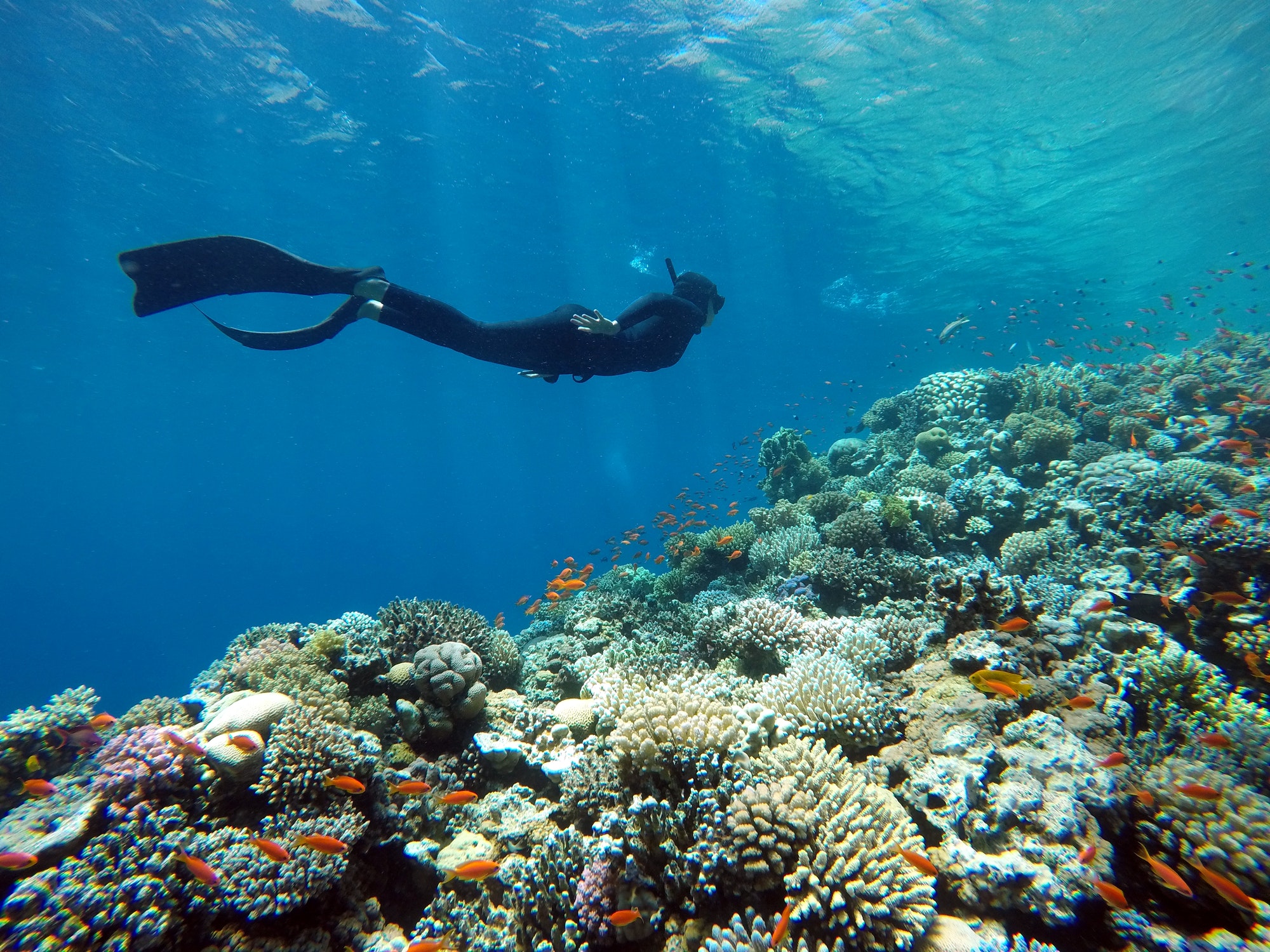FAMILY HOLIDAYS
A FAMILY HOLIDAY IN EGYPT WON'T BE COMPLETE IF YOU DON'T VISIT THESE EXCITING PLACES.
Get InspiredAs the Red Sea has grown in popularity, so has the number of private and commercial boats using the waters. Sadly, one of the biggest threats to the preservation of coral reefs is physical damage caused by anchors. Destruction of the coral reefs is one of the significant negatives to the environment. Healthy reefs bring both jobs and food to the region and any deterioration to them severely impact the community. Sea tourism and sustainable fishing are cornerstones from which the Red Sea coastal communities flourish.
Physical damage to coral reefs from anchors is a well documented marine resource protection problem. When boats attach their anchors to a reef, the action of attachment and the pressure on the chains caused by swell underwater can rip reefs apart and destroy the delicate marine life. By far the most effective way to reduce damage is the installation of mooring buoys to anchor boats.
Any area that receives boat traffic can benefit from mooring buoys, which can be integrated into a comprehensive resource protection management strategy. In addition to reducing anchor damage to living corals, buoys can act as an important management tool, and can also serve as a convenient way for skippers to secure their vessels while enjoying the unique coral reef communities. And this is the goal of the mooring system to protect the great long-lasting benefits we receive from the coral reefs not to destroy them by one blunt drop of an anchor.
A mooring buoy system consists of three elements: a permanent fixture on the sea bottom; a floating buoy on the water surface; and something in between to attach the two. Sea bottom characteristics usually dictate what type of system is most suitable. The Halas system is most effective in areas with flat, solid bedrock, whereas, the Manta Ray method is recommended for areas of sand, coral rubble, or a combination of bottom types. In certain areas, floating buoys may be connected to concrete blocks weighing 4.5 tons each.
